All
Explore every article in our packaging blog — from buying and selling guides to specifications, industry insights, and product highlights.
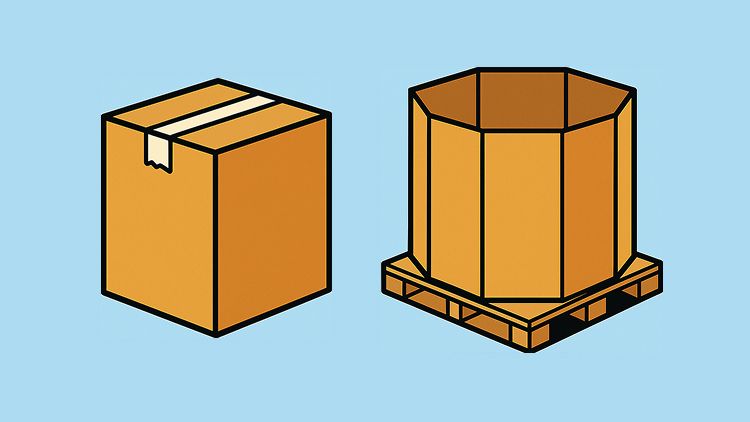
Short answer: Use an RSC (regular slotted container) for case-packed, parcel-friendly shipments; opt for a pallet-sized bulk bin (often called a “Gaylord”) for heavy, loose, or consolidated product that moves by forklift.
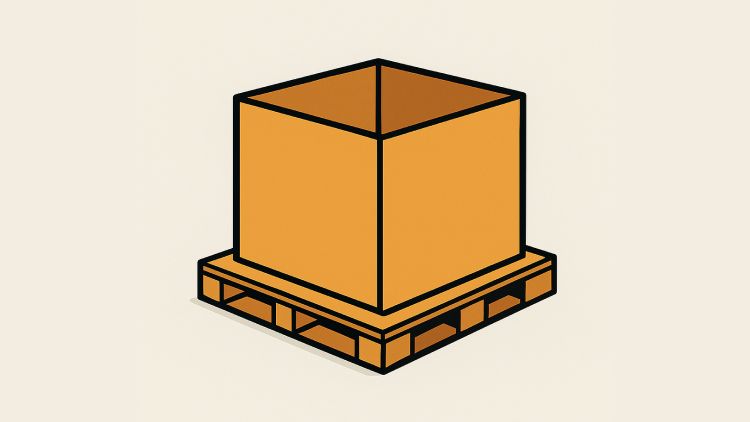
In the world of packaging procurement, terms like pallet box, Gaylord box, octabin, and bulk bin often overlap, leading to confusion. This guide provides an authoritative breakdown based on industry standards, historical context, and technical insights to help you navigate these distinctions effectively.
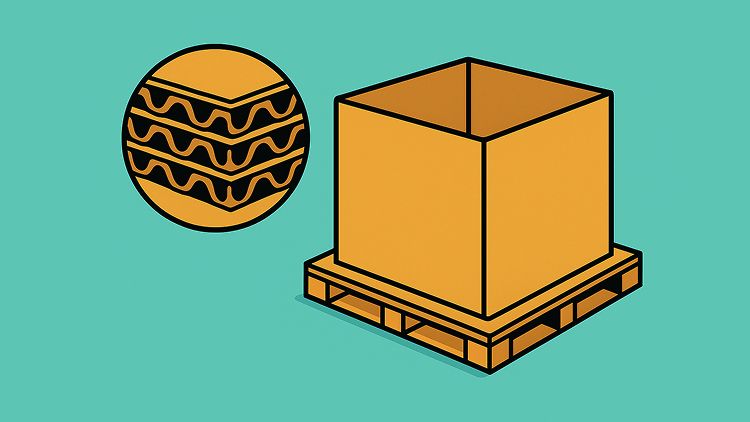
In industrial packaging, tri-wall boxes — also called triple wall Gaylord containers — set the standard for durability, compression strength, and sustainability. Constructed with three layers of corrugated fluting (seven-ply total structure), these Gaylord boxes are engineered to support heavy loads up to 2,000 lbs, making them essential in manufacturing, defense, and logistics sectors.
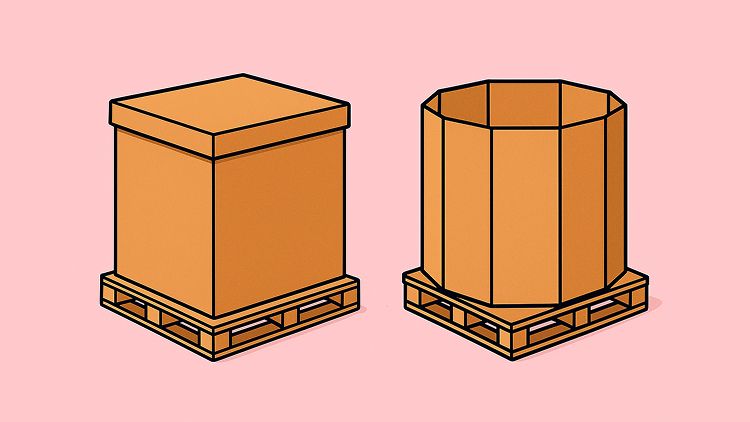
From our experience, Gaylords are corrugated, heavy-duty, reusable bulk bins for real load-bearing. A bulk cargo container can technically be a Gaylord, but most boxes sold as “bulk cargo containers” are lighter capacity and intended for single use. Similarly, many bulk cargo bins with a pallet-sized footprint are described as “Gaylords,” but lack the weight capacity and bulge resistance of a true Gaylord box
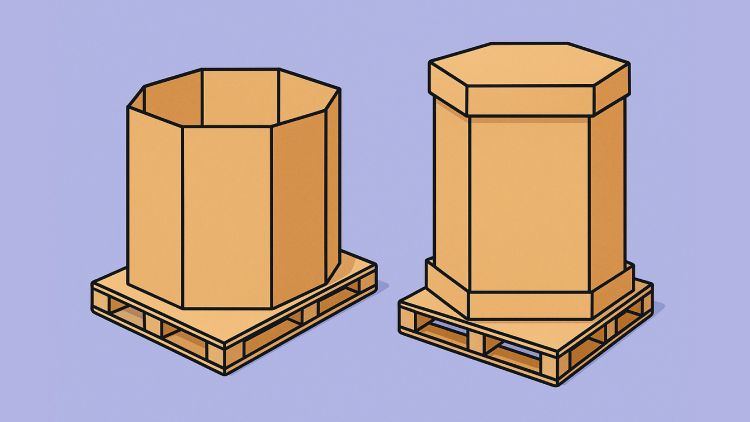
When shipping goods in bulk, the terms "Gaylord box" and "Octabin" are often used, but they aren't always interchangeable. While both are heavy-duty containers designed for pallet-sized loads, the octabin offers specialized advantages for specific applications. This guide will clarify the meaning, features, and key differences to help you choose the right packaging.
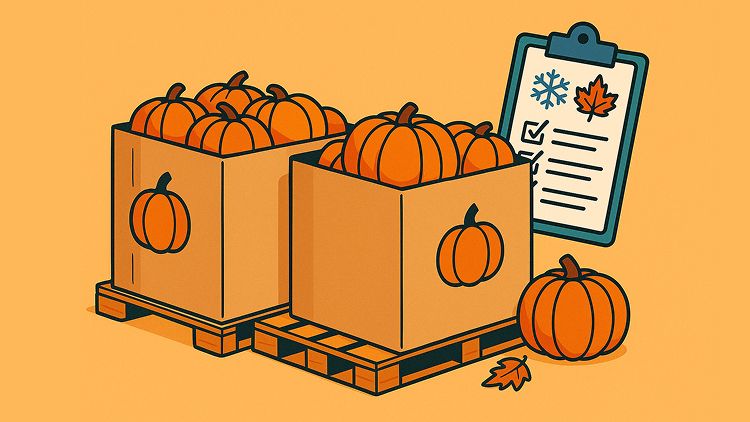
Pumpkin Bins can be plentiful before Halloween, then tighten quickly. After October 31, surplus consolidates at wholesalers while retail demand pivots to pies and baking. The window is short. Prioritize speed, clear specs, and flexible freight. For storage do’s and don’ts (temperature, humidity, and handling), lean on research-backed guides like UC Davis Postharvest (pumpkin & winter squash) and the USDA ARS Commercial Storage manual.
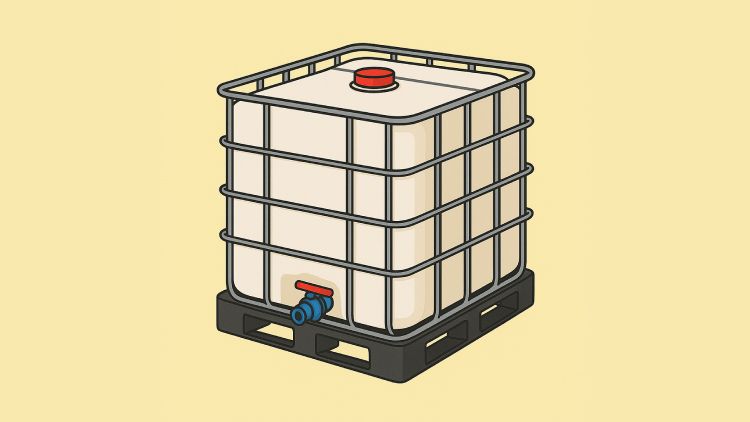
A caged IBC tote, also known as a composite IBC, is built from a blow-molded HDPE bottle held inside a welded steel cage and mounted on a pallet base. Most units hold 275 or 330 gallons and move easily with forklifts. The design protects the bottle, stacks safely, and meets transport standards when properly rated.

If your loads touch grocery, retail, or high-volume distribution, GMA pallets can save time and money. Standardization means fewer jams on conveyors, smoother forklift picks, and fewer claims. But non-GMA pallets have a place too—especially for custom jobs and one-way shipments. This guide shows where standardization pays off and when a non-GMA build makes sense.
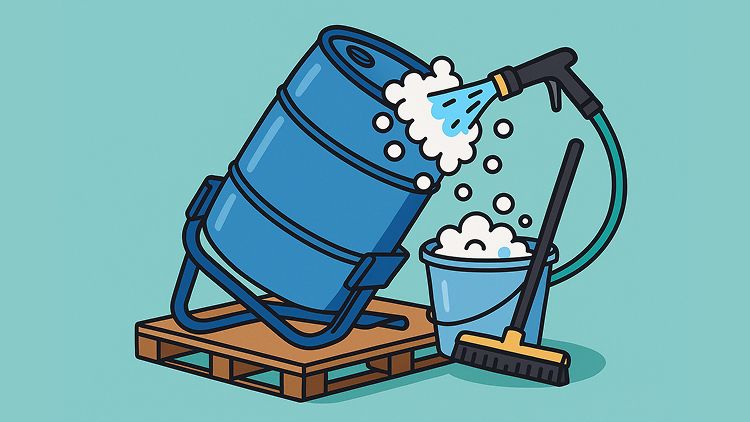
If you’re searching how to clean chemicals out of plastic barrels, lock in these basics first: Confirm prior contents (from the label/SDS). Classify as water-based, oils/solvents, acids/bases, adhesives/paints, or mineral scale. Identify the barrel style. Tight-head (bunged; clean with wand/spray) vs. open-head (removable lid; brush/scrub). Set the end use. Non-potable/process use vs. stricter standards for water storage (food-grade only, sanitize after rinsing). Use PPE & ventilation. Gloves, eye/face protection, sleeves; respirator if SDS says so; work in a ventilated, controlled area. Handle rinsate correctly. Capture, label, keep streams separate, avoid mixing incompatible chemicals, and follow local disposal rules.
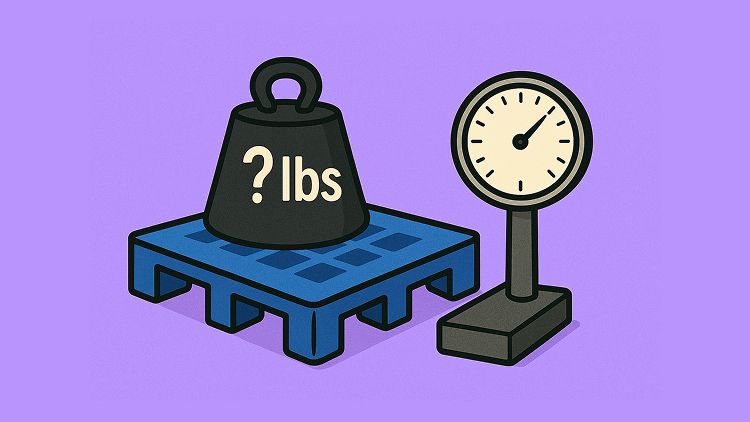
These are common capacity ranges for 48"×40" plastic pallets in real operations. Dynamic (while lifted/moving): ~2,000–5,000 lb Static (stacked on floor): ~15,000–30,000+ lb Rack (unsupported beam/rack): ~1,000–3,000 lb per pallet, model-specific
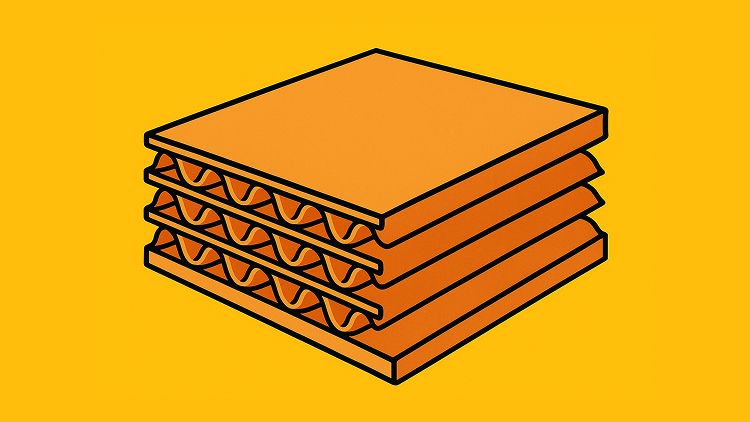
Not all Gaylord boxes are built the same—and wall count is one of the biggest factors that determines how they perform. Whether you’re shipping lightweight recyclables or dense industrial materials, the number of walls directly affects how much weight a box can carry, how many times it can be reused, and how well it stacks in storage or transit.

Most composite IBCs (275- and 330-gallon) combine: Inner bottle: high-density polyethylene (HDPE) Outer cage: galvanized steel Base: plastic, steel, or wood pallet In recycling, HDPE and steel are the primary targets. Wood bases are usually reused or recycled separately; plastic bases can be recycled with other rigid plastics if the local program accepts them.
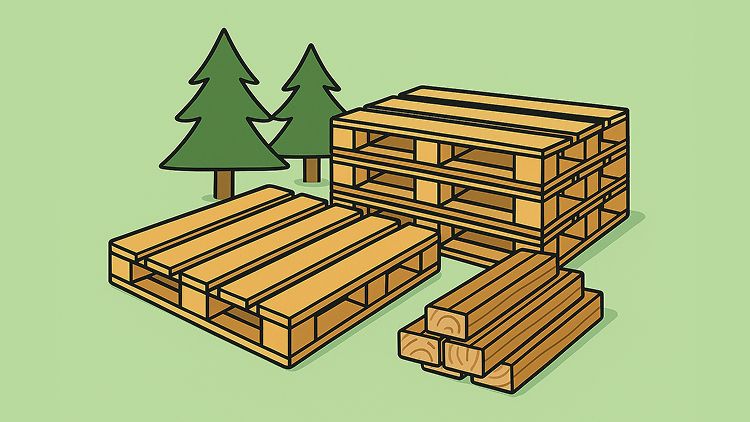
Pallets are built to move product efficiently, not to showcase a single wood species. Most manufacturers use regionally available lumber that meets strength and cost targets. Understanding the common woods—and how design, treatment, and grading interact—will help you specify the right pallet for the job.

Before you start requesting quotes, know your options; after you review, pick the channel that fits your volume, lead time, and spec control. Manufacturers (OEMs) New drums, consistent specs, lining options, UN/DOT configurations. Best for regulated liquids and repeat orders; watch MOQs and lead times. Industrial Distributors Blend of brands and specs, fast availability, accessories in stock. Ideal for quick fulfillment or mixed-site deliveries; verify exact ratings per lot. Regional Container Yards / Local Suppliers Local pickup, budget-friendly used inventory, flexible quantities. Inspect for prior contents, rust, dents, and complete closure hardware. Wrap up by shortlisting 1–2 channels that balance freight, speed, and the spec control you need.

Fiber drums (cardboard barrels) are multi-wall fiberboard containers designed for dry, solid, or semi-solid materials. They balance low tare weight with high strength, simplify material handling (wide open top), and are recyclable at end of life. Add liners or coatings when moisture protection or cleanliness is required.

Buying plastic drums is easier when you know where to look and what to ask for. This guide walks through common sources, decisions to make up front, and a simple checklist you can send to any seller.

1) Specify it right (before the tote is ever filled) Match materials to the product Bottle: HDPE works for many liquids; stainless or specialty polymers may be needed for strong solvents or hot fill. Seals: Choose EPDM (water, mild chemicals), FKM/Viton (oils, fuels, many solvents), or PTFE (broad chemical resistance). Using the wrong elastomer is a slow-motion leak.
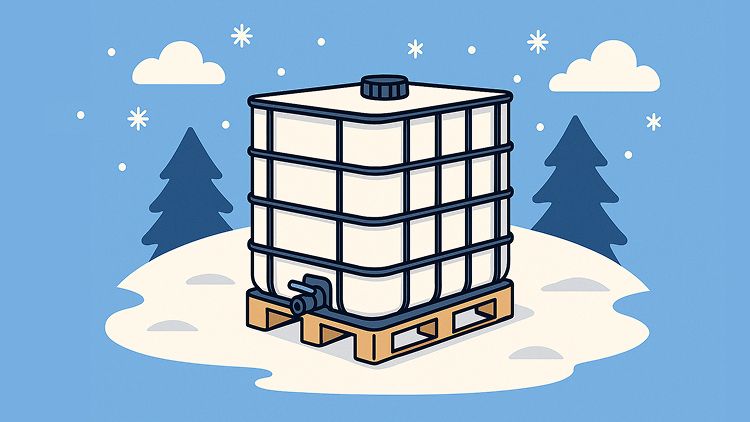
When stored outdoors, IBCs (Intermediate Bulk Containers) are exposed to ambient weather. If contents freeze, you risk: Operational delays: contents won’t dispense or pump. Container damage: expansion can crack the inner HDPE bottle, warp the cage/pallet, and split fittings/hoses. Product loss/quality issues: many liquids (e.g., emulsions, certain chemicals) are freeze-sensitive and degrade after a hard freeze.

Quick answer: Plastic pallets are better when you need hygiene, dimensional consistency, and automation readiness—or to avoid ISPM-15 for export. Wood pallets are better for lowest upfront cost, easy field repair, and broad availability. The best choice depends on your loads, environment, and total cost per turn.

Short answer: it depends on condition (new vs. used), style (nestable/stackable/rackable), dimensions, design, and freight. Below are realistic B2B ranges and the levers that move price up or down so you can budget and estimate resale value.

Plastic pallets are widely used for shipping, storage, and product handling. Their hygiene, strength, and compatibility with automation make them a practical alternative to wood. But who actually buys plastic pallets? The answer depends on the industry and the application.

Plastic pallets are widely used for shipping, storage, and product handling. Their hygiene, strength, and compatibility with automation make them a practical alternative to wood. But who actually buys plastic pallets? The answer depends on the industry and the application.

IBC totes are designed for efficient bulk storage and transport, fitting neatly into standard warehouse racking and truck trailers. Understanding their size and weight is critical for:

When exploring used pallet options, you’ll often encounter the term Grade A. But what does it really mean? Simply put, Grade A pallets represent the highest standard in the used pallet market. They’ve been in circulation before, but by the time they’re offered for resale, they are in excellent condition with all necessary minor repairs already completed.

Knowing the weight of an empty IBC tote is important for: Shipping logistics – total load calculations for trucks or containers. Warehouse storage – ensuring racks, pallets, or floors can safely support full totes. Handling equipment – forklifts and pallet jacks must be rated to lift filled weights. The weight of the tote is only part of the equation—when filled, a 275-gallon tote of water can weigh over 2,200 pounds, and a 330-gallon tote can weigh more than 2,750 pounds.

IBC totes, short for Intermediate Bulk Containers, are reusable, pallet-mounted containers designed for bulk storage and transport of liquids, semi-solids, and dry goods. They typically come in 275-gallon and 330-gallon capacities, with a plastic HDPE inner bottle encased in a protective steel cage.

The acronym IBC stands for Intermediate Bulk Container. These containers are designed to hold hundreds of gallons of liquids or bulk materials, sitting between small drums and full-size tanker trucks—hence the word “intermediate.” The term “tote” is widely used in the United States to describe the cube-shaped IBC with a plastic HDPE inner bottle, a steel cage for protection, and a pallet base for easy handling.

Wood pallets are the backbone of modern logistics, offering a simple yet effective way to move goods across warehouses, trucks, and international borders. But not all pallets are created equal—understanding standard pallet sizes can help businesses choose the right option for efficiency, safety, and compliance.

In the used pallet market, you’ll often hear pallets classified as Grade A or Grade B. While Grade A pallets are closer to “like new,” Grade B pallets serve as a practical, budget-friendly option for businesses that don’t require perfect appearance or uniformity.

When exploring used pallet options, you’ll often encounter the term Grade A. But what does it really mean? Simply put, Grade A pallets represent the highest standard in the used pallet market. They’ve been in circulation before, but by the time they’re offered for resale, they are in excellent condition with all necessary minor repairs already completed.

Whether you’re selling or buying Gaylord boxes for bulk storage, one of the most common questions is about cost. Prices vary between new and used boxes, and within those groups, specialty designs like produce bins or HPT-41 models may shift the range. Here’s a breakdown of what to expect when it comes to cost and value.

If your warehouse or facility has a surplus of Gaylord boxes, you don’t have to let them go to waste. Instead of paying for disposal or recycling, you can sell them. At Verde Trader, we buy Gaylord boxes directly from businesses, making the process simple and efficient.

If you work in manufacturing, recycling, food processing, or large-scale distribution, chances are you’ve come across the term Gaylord box. But what does “Gaylord” mean, why are they called that, and where can you buy them? This guide answers those questions and highlights the role Gaylord boxes play in industrial packaging.

Gaylord box dimensions refer to length × width × height of a bulk corrugated container built to sit on a pallet. In North America, 48" × 40" is the most common footprint; height is selected for the job at hand. The key is to match interior space to your product and handling method, then confirm that the full outside dimensions fit your aisles, racks, and trucks.

